Do you have a question about the Samsung C49RG90SS Series and is the answer not in the manual?
Guidelines for ensuring adequate space for ventilation.
Advice on storing the product to prevent damage.
General warnings and cautions for safe product usage.
Identification of monitor parts and explanation of control panel functions.
Details on the function key guide and its associated icons.
Instructions for using shortcut keys for game settings.
How to adjust brightness, contrast, and sharpness settings.
How to adjust volume and Eye Saver Mode.
Description of the various ports available on the monitor.
Steps for updating the monitor's software using a USB drive.
Instructions for adjusting the monitor's tilt and height.
Information on how to use the anti-theft lock feature.
Steps for attaching and removing the monitor stand.
Procedures for mounting the monitor using a wall bracket.
Read source device manual and check ports before connecting.
Methods for connecting a PC via HDMI or DisplayPort cables.
Instructions for connecting headphones and a microphone.
Utilizing the monitor as a USB hub for multiple device connections.
How to connect USB devices such as mice, keyboards, or storage.
Procedure for connecting the monitor to a power source.
Guidance on organizing connected cables.
Advice on user posture and installing drivers for optimal resolution.
Optimizing picture quality for different gaming environments.
How to change the screen refresh rate for smoother visuals.
Adjusting dark areas and screen response for gaming performance.
Eliminating screen tearing and lag for an improved gaming experience.
Minimizing input lag for faster reaction times in games.
Displaying a virtual aim point on the center of the screen.
Selecting screen size and aspect ratio for optimal display.
Instructions for saving custom game mode configurations.
Optimizing picture quality for various environments and content.
Adjusting picture brightness, contrast, and sharpness levels.
Adjusting color tone, saturation, and temperature for the display.
Adjusting black level for HDMI input to improve image quality.
Optimizing picture quality for eye relaxation and reducing blue light.
Adjusting screen position and size in AV mode.
Information on factory calibration measurements and data.
Configuring settings for displaying two sources simultaneously.
Selecting image size and ratio for each screen in PBP mode.
Selecting input sources for Screen 1 and Screen 2.
Choosing which screen's audio to output.
Setting the language for the onscreen menu display.
Setting how long the OSD menu remains visible.
Performing a self-diagnosis test to check for monitor issues.
Configuring the LED lighting on the back of the screen.
Adjusting local dimming, volume, and power consumption settings.
Setting an automatic power-off timer for the monitor.
Selecting PC or AV input mode for optimal picture viewing.
Enabling fast charging for connected USB devices.
Selecting the DisplayPort version for optimal connection.
Selecting the HDMI mode for optimal device and resolution support.
Automatically or manually recognizing input signals.
Controlling the response rate of button presses.
Enabling or disabling the power LED indicator.
Restoring all product settings to their factory defaults.
Providing optimal HDR effects based on video source.
Installing software for partitioning multiple screen sections.
Requirements and potential issues for Easy Setting Box installation.
Steps to take before contacting customer service.
Diagnosing and resolving common product issues.
Troubleshooting screen display problems related to resolution and frequency.
Resolving sound problems and source device related issues.
Answers common questions about changing frequency, resolution, and power saving.
Overview of model name, size, display area, and power supply.
Information on Plug-and-Play compatibility and pixel characteristics.
Lists compatible resolutions, frequencies, and sync polarities.
Explains when service charges may apply for customer-related issues.
Details product damage caused by customer's fault or external factors.
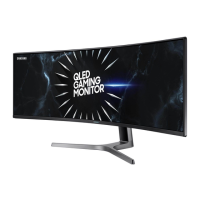
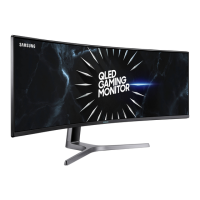
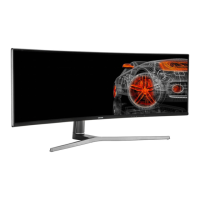

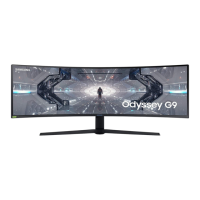
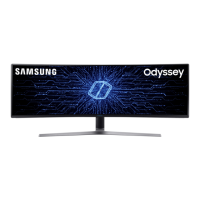
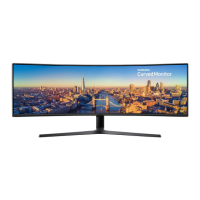
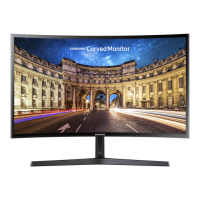
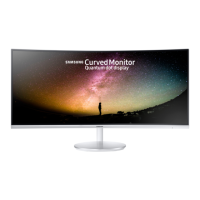

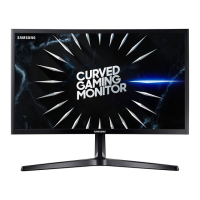
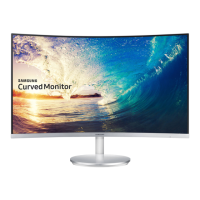
